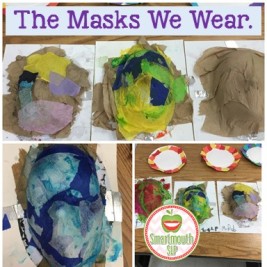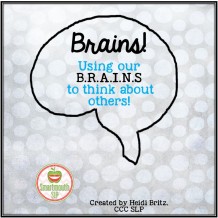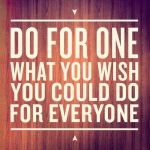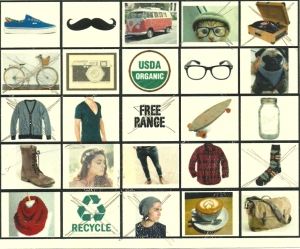
My school has a self contained program for students with significant autism and emotional/behavioral disorders embedded in a general education elementary school. We are lucky enough to have fantastic adaptive p.e., art and music for our students and these teachers come up with some amazing activities for my friends!
This past spring Mr. Rob, our adaptive art teacher, started making these cool masks with our kids. They picked a color palate of tissue paper and created the masks using forms. These got me thinking about the figurative masks we all wear. How do we want the world to see us ? For my kids on the spectrum or those who struggle socially, this is a hard question. Emotionality is often what others see first in my students, but this isn’t all of who they are, just a tiny piece of them. I adapted this great art activity to put a social spin on it.
For my late elementary kids (on up), we talk about the characteristics that define people: personality traits, physical characteristics, etc.. We use cartoon and movie characters to walk through this process together as they are often over-exaggerated personalities, and this is an easier way to start. You can use movie or video clips for this as well. I have a social videos board on pinterest that you are welcome to look through for some ideas.
Next, we make our masks. If you don’t have the forms, you can make your masks flat on paper or let your kids brainstorm ways to give their masks shape (party stores have plastic masks that you can use as well). You can even take pictures of your student’s face (with parent permission) and print them out. We label all the positive characteristics that we want others to see in us on the mask itself- you can write on the paper along the edge of the mask, use tape, stickers, draw pictures, etc..
With my older students, we also talk about the difference between being fake and what it means to “put your best foot forward” with others. No one is happy all the time, no one has it all together and definitely, no one is perfect! This can be a pretty difficult concept to grasp, so this may extend your prep time and therapy discussion beyond one session, but that’s okay! This can lead into making a plan on how your students are going to help others see the best in them. Partnering with materials from Social Thinking and the Zones of Regulation curriculum is really helpful in formulating how to do this successfully (and what to do when things don’t quite go your way), but that’s another post for another day!
What are your thoughts on talking about the masks we wear socially?








